Pentagon’s Plan for Affordable Unmanned Jet Fighters: AI Pilots
The U.S. Air Force is on the brink of a groundbreaking shift in military aviation, embracing the development of pilotless jet fighters designed to fly mere feet above the ground or head-on into enemy missile barrages. This ambitious move, reportedly aimed at countering rising threats from China, represents a significant evolution in the realm of combat aircraft, propelled by the escalating costs of manned fighters and advancements in autonomous flying technology.
The Drive for Innovation
Facing the reality of its smallest and oldest fleet since its inception in 1947, the Air Force is charting a new course towards a future dominated by unmanned combat aircraft. The service’s vision includes the addition of at least 1,000 of these mini-fighters, dubbed Collaborative Combat Aircraft (CCAs), within the next five years. These drones are expected to play versatile roles: escorting crewed jets like the F-35 and B-21 bomber, conducting strikes, and serving as reconnaissance and communication nodes.
A consortium of defense giants, including Boeing, Lockheed Martin, Northrop Grumman, General Atomics, and the emerging force Anduril Industries, is vying for a piece of the $6 billion CCA initiative. This summer, the Pentagon will narrow the field to two contenders to kickstart production.
A New Breed of Combat Jets
The CCAs represent a leap forward in unmanned aerial capabilities. Unlike the remote-controlled drones of past conflicts, these aircraft are designed for autonomy, capable of executing complex missions without direct human intervention. This shift is made possible by advancements in AI and flying software, enabling these jets to respond dynamically to the evolving battlefield.
Among the frontrunners, Boeing’s MQ-28 Ghost Bat has already taken to the skies, with the Royal Australian Air Force placing orders. Anduril’s Fury and General Atomics’ Gambit series are also making waves, showcasing the potential of these compact yet potent machines.
Cost-Effective Warfare
One of the most compelling aspects of the CCA program is its promise of affordability. With a target price tag significantly lower than that of manned aircraft, these drones are designed to be expendable, capable of being deployed in high-risk scenarios without the financial and human costs associated with traditional fighters.
A Paradigm Shift in Military Strategy
The U.S. Air Force’s pivot towards unmanned combat aircraft marks a significant transformation in military strategy, marrying technological innovation with tactical versatility. As the service moves forward with its plans, the CCAs are poised to redefine the future of warfare, promising a more agile, efficient, and lethal force capable of confronting the challenges of modern combat.
In the words of Air Force Secretary Frank Kendall, these drones are not just additions to the fleet; they are potential lifesavers, heralding a new era where pilotless fighters play a crucial role in securing victory and safeguarding lives.




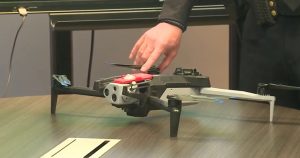
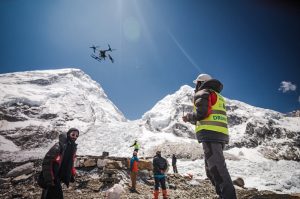
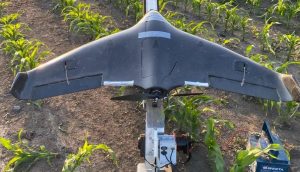
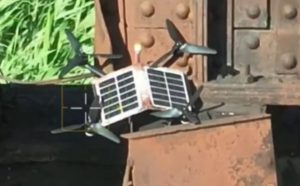
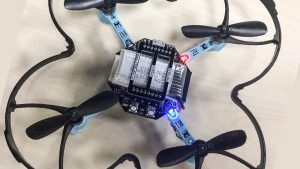
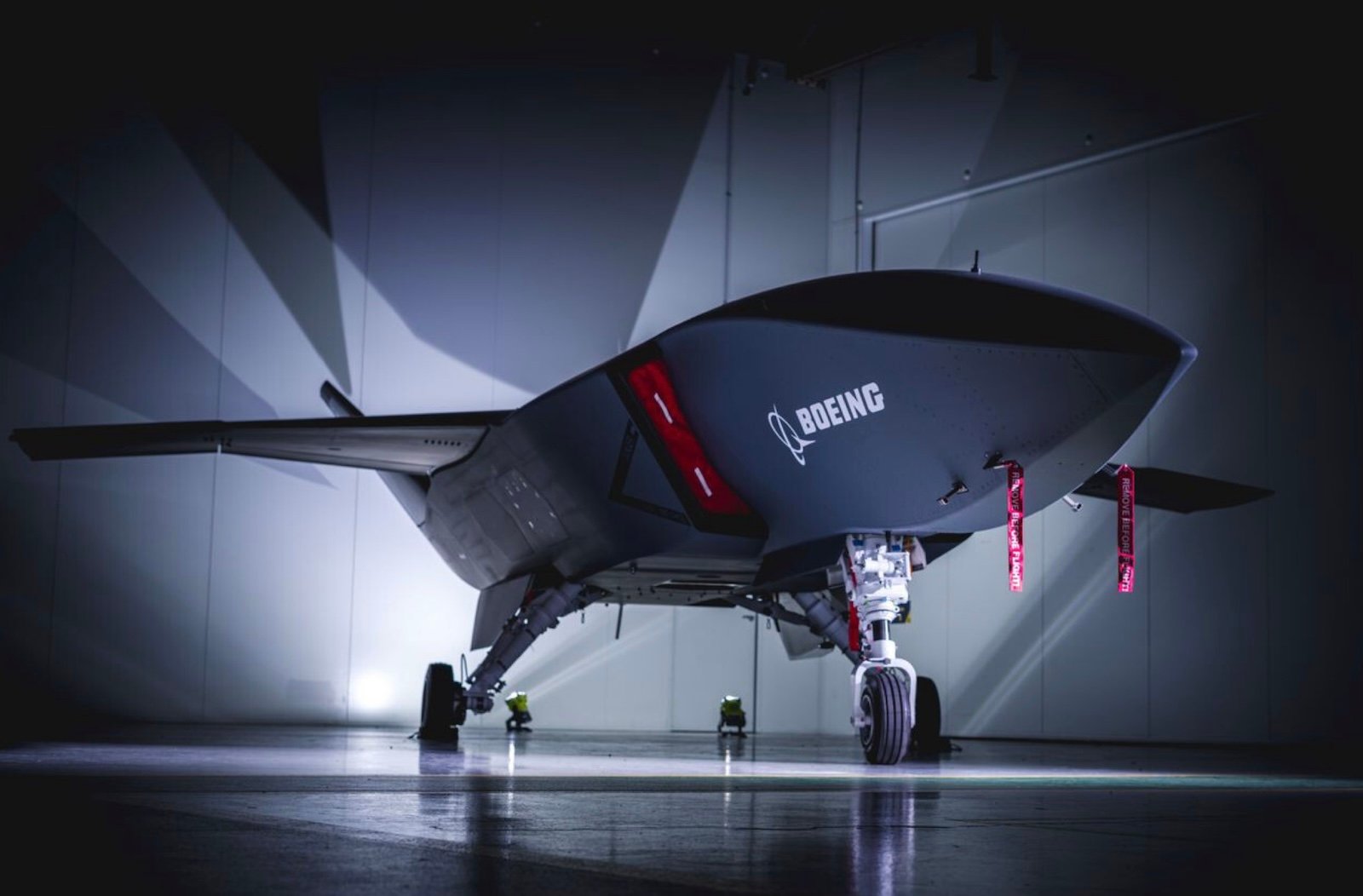



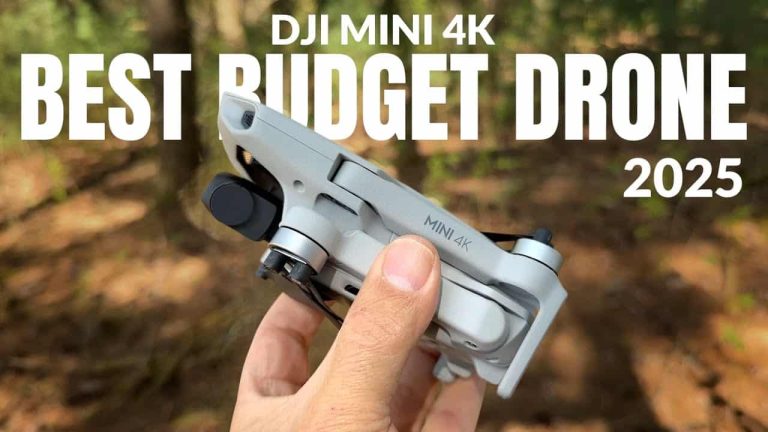



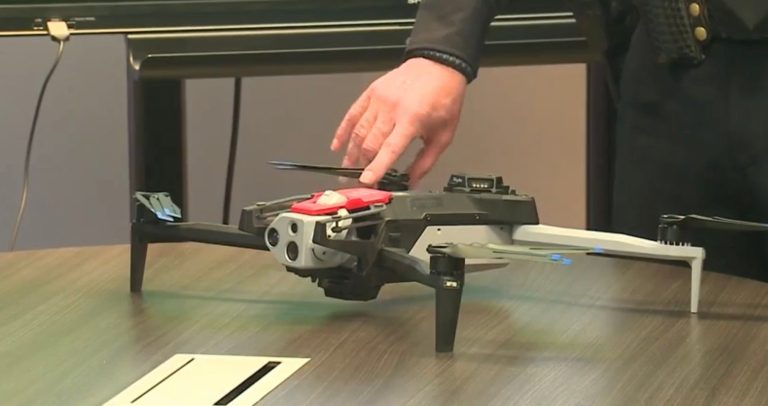
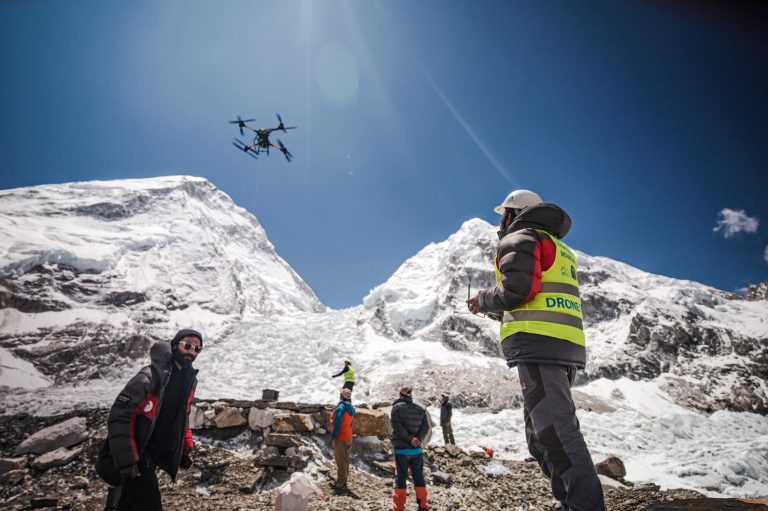
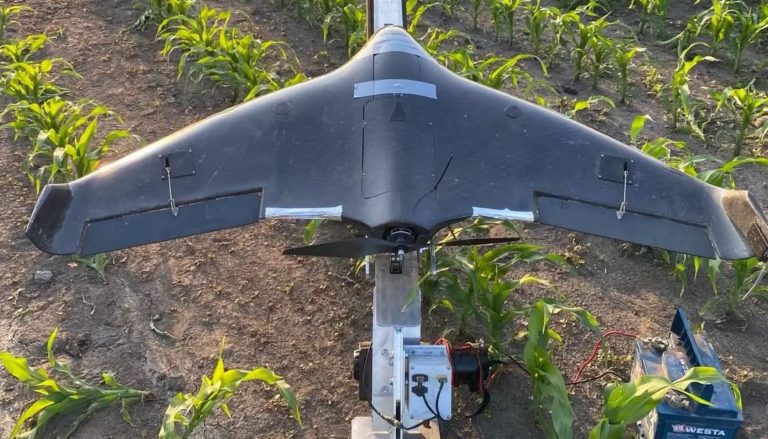
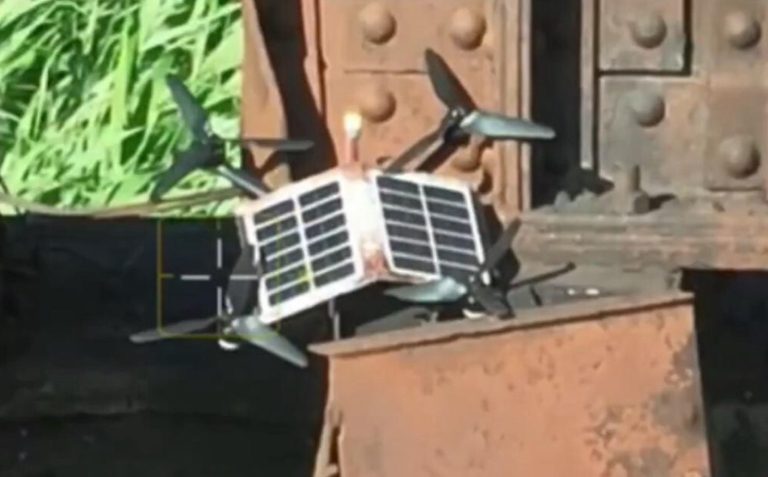
+ There are no comments
Add yours